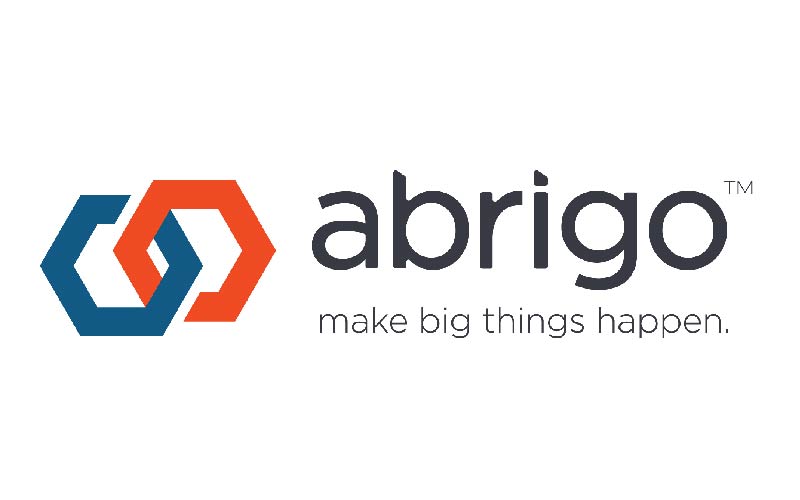Navigating Distressed & Problem Loans: Legal & Borrower Considerations
November 12, 2024

By Jason Alpert, Managing Partner of Castlebar Holdings
Problem loans are a natural outcome of the risks banks and credit unions take when lending, and they should be expected over the long run during the ups and downs of the business cycle.
Mitigating losses
Problem loans: The outcome of taking risks
Lenders are in the business of making loans, and with the extension of credit comes the risk of non-performance or loss. Indeed, all financial institutions, regardless of strengths of credit culture, policy, or personnel, are in the risk-taking business.
The compensation for taking said risks is the spread the bank can charge on the loan as well as the fees that can be earned on the relationship. Credit losses are bound to occur on loans in a portfolio, given the nature and diversity of risk that banks look to take on their loan books.
In an ideal world, banks and credit unions would have perfect information and would know from the outset of any early warning signs that a borrower is experiencing distress. They would then be able to take steps to mitigate or avoid the losses as much as possible.
However, in reality, financial institutions’ borrowers encounter challenges over the long run during the ups and downs of the business cycle. As a result, lenders should anticipate and plan for dealing with problem loans.
Warning signs
Reacting to the signals of problem loans
A problem loan or credit is often identified as a problem asset due to a lack of repayment, a default, or the early identification of a cash concern with the borrower. Red flags for construction contractors include low profit margins and receivables turning over too slowly. Some early warning signs of problem commercial real estate (CRE) loans include new liens or the failure to deliver required financial information. However, once the bank or credit union identifies the loan to be a problem asset, the institution must recognize the risk by lowering the loan grade on the asset.
Ideally, the institution will also transfer the problem loan to a specialized loan workout professional at the institution. However, given recent industry and employment trends as well as limited resources, the workout/restructure of the problem loan could be managed by the same individual or group that originated the loan. Even so, the process of triaging a loan from a performing asset to a special asset (problem loan, workout credit, etc.) should be treated essentially the same.
It’s imperative that the institution change its’ “mindset” on the relationship, moving from a lender/borrower relationship to more of a creditor/debtor relationship. In other words, the bank or credit union must change the outlook on the relationship from a sales-oriented mindset to a risk mitigation/loss prevention mindset.
Do not misconstrue; the bank or credit union remains at all times professional. But it will be more skeptical and require more verification and information from the customer. The axiom “trust but verify” is of utmost importance in a workout scenario.
Priority actions
Important steps for managing a problem loan
The following actions should be the priority of the team or individual that will be managing this new problem loan.
1) Obtain all legal documents, including but not limited to:
- NoteMortgage/deed of trustSecurity agreementLoan/credit agreementAll guaranteesAny and all modification/extension/renewal documentationTitle insurance and policyAny formal correspondence (formal notices, default/reservation of rights letters, term sheets, commitment letters, etc.)Relevant email correspondence (anything that discusses the loan between the bank or credit union and the borrower).
Read and review every document in full. Be particularly on guard if a loan has already been extended informally. It is not uncommon for borrowers to later that argue there was a promise of future extensions.
2) Obtain all credit file information, including:
- Most recent annual reviewOrigination credit package for the operative loanMost recent financials – both borrower(s) and all guarantor(s)If applicable, most recent appraisal, most recent environmental report, property condition reports, field exams or other third-party documentation.
3) Review all the loan documentation and compare operative legal documents with what was approved in the credit package or any amendments. Be sure to check the institution’s loan servicing system to make sure terms match as well. Outline any missing documentation or financials as required by the loan documents. Review:
- Are there any defaults under the loan documents? Can you identify any smoking guns with respect to servicing, invoicing, documentation, or imperfections with collateral?If anything is identified in the loan documents, engage with management and internal counsel to discuss how to document and strategize.
4) Meet with the customer and notify them of the handoff/change in classification (not of the loan grade, but of the fact that the loan is in “workout”). If transferring to a new group, make sure the customer or member knows that the new group/banker is the only point of contact for the loan/relationship. You don’t want multiple different voices from the bank, and communication should be centralized.
Ideally, meet with the customer in person and at the primary collateral (to see with your own eyes). If you anticipate the conversation will be difficult, bring a second person from the financial institution to the meeting. Take notes or minutes. A best practice is to avoid a “he said/she said” scenario if the conversation is challenging or gets heated. Be sure to LISTEN and request all missing information.
5) Follow up with an email to all attendees, including the minutes and the points of discussion. Reiterate the need for any missing or needed financial information. List the items needed in writing (current financials, aging schedules, rent rolls, interim statements, missing tax returns, guarantor personal financial statements/tax returns).
6) If items are required under the loan documents and are not provided, present a written letter and identify relevant sections of the loan document. If the items are still not provided, then issue a default letter. Notify the customer if you must obtain a new appraisal or environmental. Request a 13-week cash budget and/or a go-forward budget from the borrower.
Considerations
A strategy for the distressed loan
Once you’ve received all the information as necessary (note: the bank or credit union may have had to grant a short-term forbearance or extension in exchange for getting information – more to discuss later on), the next step is to make a prognosis of the overall strategy of the financial institution based on the totality of the information. Here are four considerations for developing the strategy:
1) Determine the positions of negotiation strength or weakness based on legal documents and correspondence.
2) Determine if the collateral is perfected (e.g., the mortgage is recorded in the proper jurisdiction/has legal description as an attachment, the title is updated, the UCC-1 is filed and perfected). Note whether the collateral is missing insurance or if taxes are past due, and if those haven’t been received or paid, consider this to be an additional default.
3) Re-underwrite the credit based on the updated financial information, industry research, borrower/guarantor credit and legal searches, website reviews, and background checks.
4) Determine if the loan is a “retain” or “exit” relationship. In other words, does the bank or credit union wish to keep this relationship and work through a longer restructure, or do strategic/internal institution financials warrant an exit designation to resolve the loan as quickly as possible?
Negotiating resolution
Implementing the problem loan strategy
Once all the facts are known, the strategy with financial institution leadership is set, and all of the strengths and weaknesses are discussed, then it is time to craft a strategy and negotiate the proper resolution. (Ideally, this would be the same as the best solution on a Net Present Value analysis).
However, if there are any weak positions, lender liability claims, or unperfected collateral, consider waiver of defaults or forbearance agreements, or even an extension or renewal of the loan to clean up any and all weaknesses.
In any agreement, make sure to get a waiver of claims and defenses. This is not negotiable. If the customer does have claims, be ready to work through, solve, or even litigate those before making a deal. It’s always better to deal with the claims today and postpone the deal to a later date.
If the borrower wants additional time, the financial institution needs to ensure there is nothing in the past that could be brought up in the future. This is the most valuable form of consideration if there are verified or potential liability claims. Always assume there is something a borrower could try and bring up to delay collection and act accordingly.
Mitigates risk
Proactive problem-loan management
Managing problem loans effectively requires financial institutions to adopt a proactive and strategic approach. This includes recognizing early warning signs and taking appropriate actions. By thoroughly reviewing legal and credit file documents, engaging with management and internal counsel, and negotiating proper resolutions, lenders can mitigate risks, prevent losses, and maintain the institution’s stability and profitability.
For more information about how Abrigo can help your credit union manage risk and drive growth with their management solutions for compliance, credit risk, lending, and asset/liability, contact the GoWest Solutions Team today.
Posted in GoWest Solutions, Top Headlines.


















